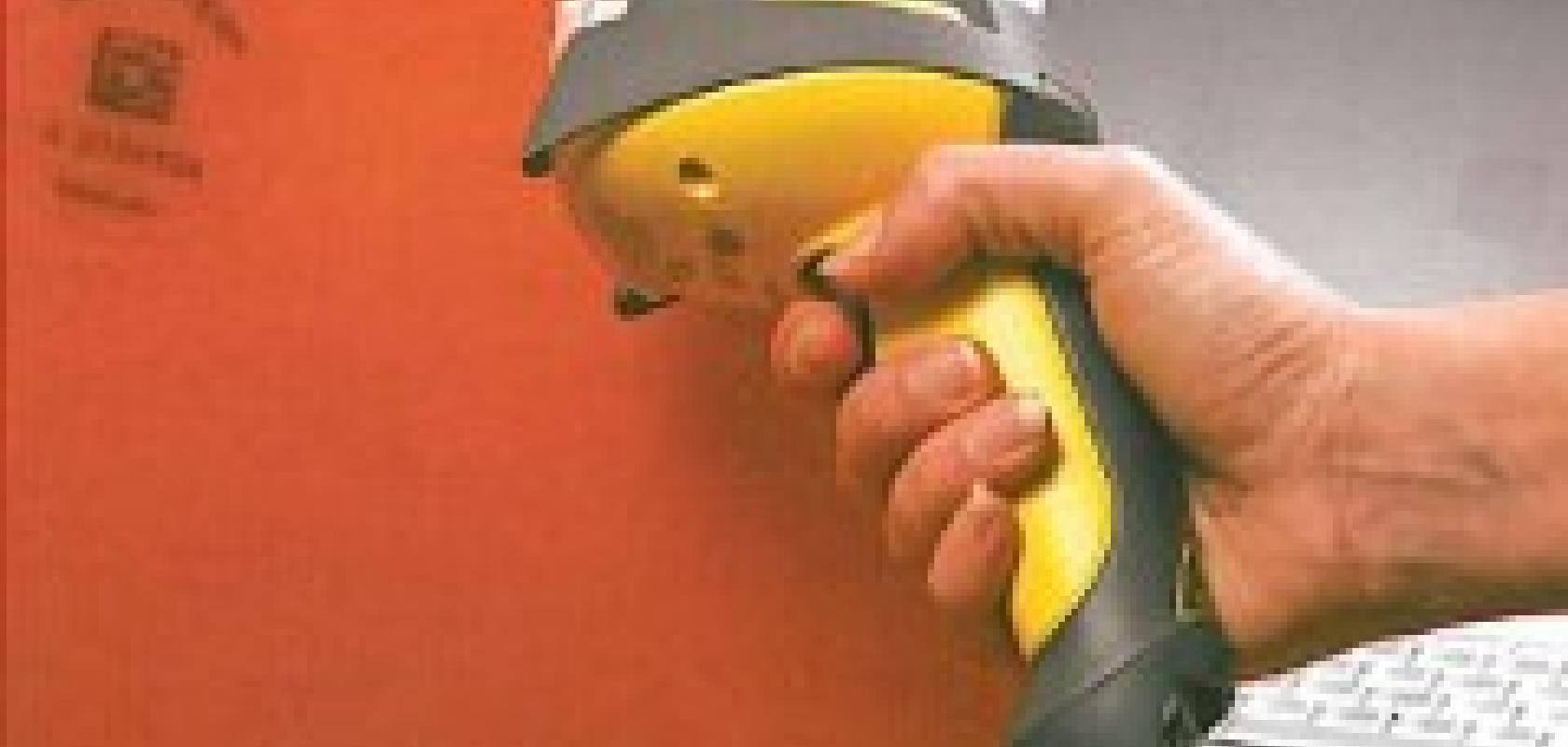Netherlands-based manufacturer of edible cheese marks, Het Kaasmerk, is using ID readers to accurately read codes marked on individual blocks of cheese. The cheese is marked with a 2D code early in the production process to minimise food safety risks, as every cheese can be individually traced throughout production. The DataMan 7500 ID reader from Cognex is used to read the code, which, due to the tough industrial environment, is often damaged and difficult to read.
Information about when and where the cheese was produced and which ingredients (for example, which milk was used) is also included in the code. If mistakes are discovered during the production, distribution or customer phase, the code can be used to establish precisely which batch of cheese is unsafe.
The cheese mark with the 2D code is applied to the cheese at as early a stage of the production process as possible. The 2D code is not immune to damage, as it undergoes the same treatment as the cheese itself during the production process. The mark can often become distorted as a result of the puffing up of the cheese.
In addition, certain damage is inflicted purposely during the production process: the customer demands that the mark is perforated to avoid accumulation of moisture. 'With a legibility of less than 90 per cent, reading the 2D code cheese marks with a regular reader becomes impossible,' explained Jeroen van der Meulen of Isotron Systems, a distributor of Cognex vision and ID products in the Netherlands.
'It is however of the utmost importance that the codes remain legible during the entire production process, through the production chain up until the portioning of the cheese. This is not a given and the legibility is not achievable with any other system,' explained Jos Putker, managing director of Het Kaasmerk.
'Isotron supplies us with Cognex cameras with accompanying software. We can easily implement that software. We know from experience that the Cognex readers are developed in such a way as to be able to perfectly read the distorted codes, while Cognex software can easily deal with correcting incomplete codes,' continued Putker of Het Kaasmerk.
van der Meulen concluded that it is inacceptable for a code to be misread or for a reader to indicate a different code to what is written on the cheese mark and Cognex's In-Sight ID reader in a waterproof casing was used to ensure this.


